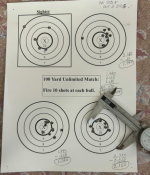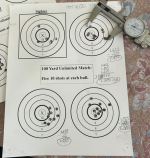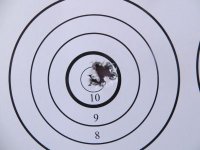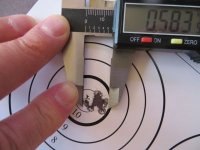- Location
- Nova Scotia
Yet you use sayin vs saying. Once again it is stuff you tell others to do, but cannot do it yourself. You're such a hypocrite. One shouldn't go after others spelling, when they make mistakes trying to talk down to them. Being old doesn't excuse you.Instead use the spare time for some basic writing skills that most learned in grade school!! Just sayin
Unfortunately some rx drugs and mental injuries, head injuries over the years effected my memory, cognitive thinking, spelling and grammar for me. Oh well, I'm such a terrible person.
Also its a post from feb, just shows you cannot move on and dig up old dirt for drama..


















































































